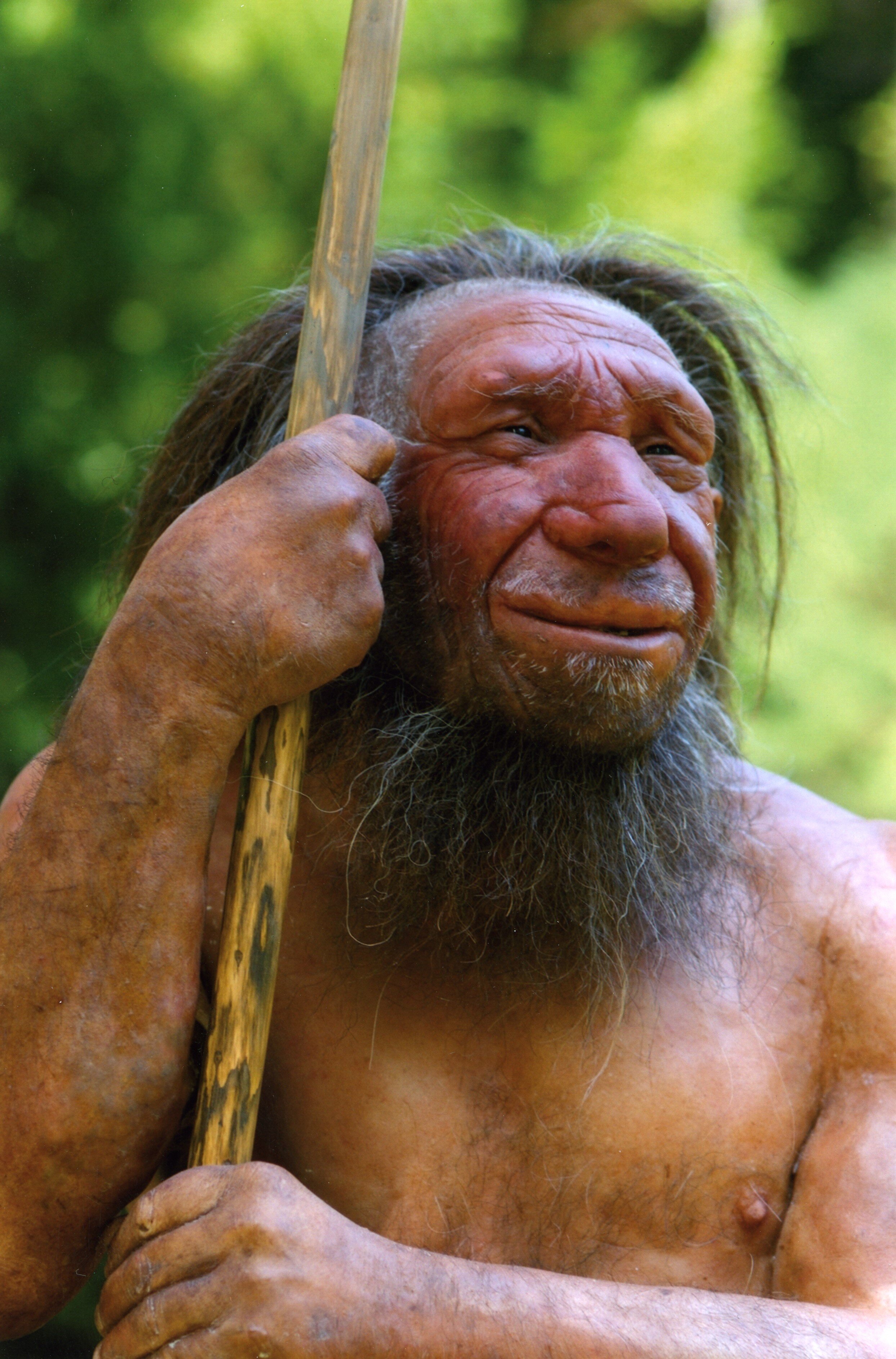The fact that Neanderthals were able to make a fire and use it, among other things, for cooking, demonstrates their intelligence. “This confirms our observations and theories from previous studies,” explains Diego Angelucci, archaeologist at the University of Trento and co-author of the study.
“Neanderthals were capable of symbolic thought, could create artistic objects, knew how to decorate their bodies using personal ornaments and had an extremely varied diet. Add to that that, based on our findings, we can say with certainty that they habitually ate cooked food. This ability confirms that they were as skilled as the Homo sapiens who lived millennia later.”
But how did we learn that Neanderthals knew how to use fire? “There is a general agreement among archaeologists that they knew how to use fire. However, one thing is to use fire started by natural processes, such as lightning, another is to make it, feed it with wood and use it for cooking, heating and defense. In this study we demonstrate that there is no doubt that Neanderthals could make a fire and that fire was a central element in their daily life.”
The article “Formation processes, fire use, and patterns of human occupation across the Middle Paleolithic of Gruta da Oliveira” was published October 11 in PLOS ONE.
The article documents and compares the remains of structured fires found in the same location: The Gruta de Oliveira in central Portugal, one of the most important European archaeological sites for the Middle Paleolithic. What is so exceptional about this cave is that excavations were conducted systematically and with great accuracy for more than 20 years between 1989 and 2012.
2023-10-14 03:48:02
Source from phys.org
